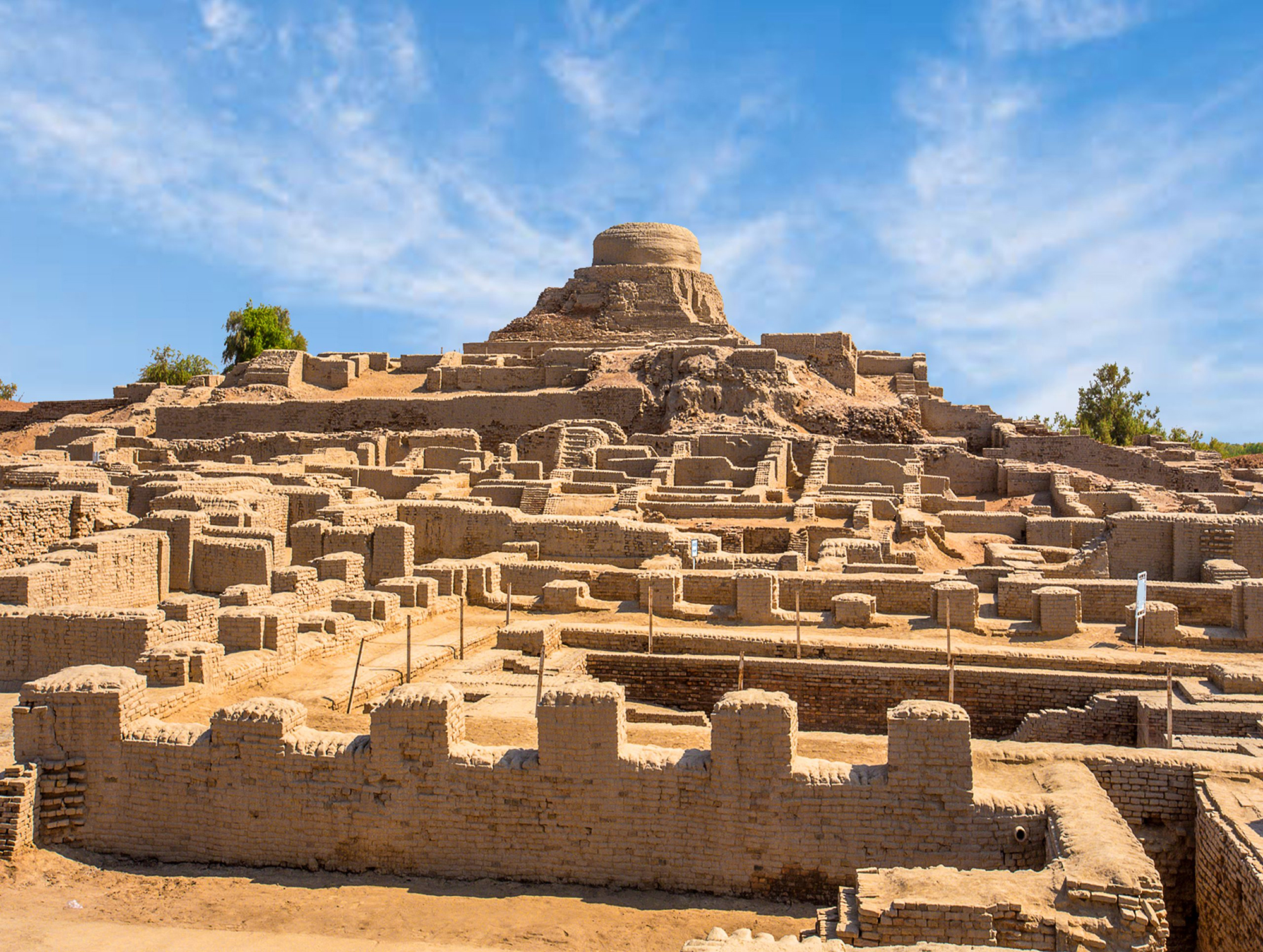

The Indus Valley, about 5,000 years ago. The city of Mohenjo-Daro had about 35,000 inhabitants and, according to recent PNAS publication, had a very low Gini coefficient of 0.22 – a coefficient that measures the economic inequality of societies through the degree of concentration of income distribution and uses values between 0 and 1. The Mohenjo-Daro data indicates that this community maintained a high level of equality even after the Neolithic revolution, contrary to what we have believed so far. The hypothesis put forward by Jean-Jaques Rousseau in his On the Origin of Inequality between Human Beings (1775) has only been reinforced in recent centuries: agriculture led to the sedentarization of communities, the creation of cities and surpluses and, inevitably, social and economic inequalities.
But Mohenjo-Daro’s is not a mere exception. In the work published in the journal PNAS, 11 studies of the Gini project have been merged. A total of 53,000 dwellings, based on the size of the dwellings, have been analyzed in the absence of income data for approximately 1,000 sites over the past 10,000 years. In the words of Gary Feinman, anthropologist at the Field Museum in Chicago. “The size of housing may not reflect the full magnitude of the difference in assets, but it is a strong indicator of economic inequality.”
“The more complex a society is, the more inequalities we have long believed there are, but now we have seen that it doesn’t have to be that way.”
The first notable conclusion of the extensive study is the diversity of the results, which is that there was no unified and linear development of inequality. “The more complex a society is, the more inequalities we’ve long believed there are, but now we’ve seen that it doesn’t have to be that way,” says Feinman.
For Dan Lawrence of Durham University, the most interesting conclusion is another: “There is a significant time lag between the emergence of agriculture and the growth of inequality.” Although the unequal concentration of goods in some of the communities studied occurred immediately after the development of agriculture, in most of the cases investigated the inequality took a long time to increase, thousands of years in some cases. The title of one of the studies clearly states this: 100 generations of equal goods after neolotic transitions.
This “delay” has not yet been clearly explained, but Lawrence highlights the importance of tradition: “The egalitarian cultural norms of hunter-gatherer communities held up for a long time, and this is likely to allow early farmers to have strong leveling mechanisms to block the path to inequality.”